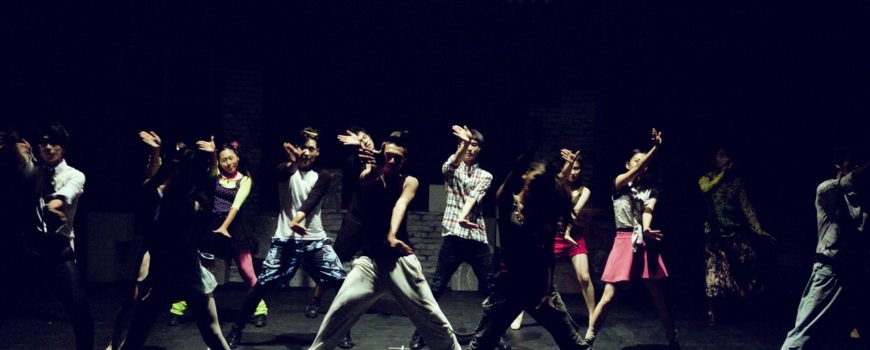
Dance may look effortless, but it requires a lot of strength, flexibility and stamina. It also comes with a high risk of injuries. Dancing is all about the strain that it can put on ones body. If you are performing a sport at an elite level, there is usually the risk of injury. Certain athletes in particular put their bodies into contorted positions and move with extreme amounts of speed.
When treating dancers, we see a number of back and ankle injuries. Physiotherapists are equipped with the knowledge and tools to optimize your function during recovery – meaning that we can keep you moving safely and get dancers back to performing full-out ASAP.
Some common dance injuries:
A few studies that looked into dance injuries found that injuries from using your joints and muscles too much (overuse injuries) are the most common in dancers. The majority of these overuse injuries involve an ankle, leg, foot or lower back. Some common dance injuries are:
- Hip injuries: snapping hip syndrome, hip impingement, labral tears, hip flex or tendonitis, hip bursitis and sacroiliac joint dysfunction
- Foot and ankle injuries: Achilles tendonitis, trigger toe and ankle impingement
- Knee injuries: patellofemoral pain syndrome
- Stress fractures: metatarsals, tibia, sesamoids and lumbar spine
- Dancers are also likely to develop arthritis in the knee, hip, ankle and foot
Generally, dancers have a much lower rate of anterior cruciate ligament (ACL) injuries than other athletes. One explanation could be that dance training involves much more intense jumping from an earlier age than other sports, which helps improve muscle control.
BACK

When treating the lower back of a dancer, the cause of pain is usually muscular in origin. However, a common injury in dancers is spondylosis. Spondylosis is basically microfracturing in the vertebrae caused by excessive back extension, and can lead to pain and instability of the lower back. A physiotherapist can help identify whether back pain is caused by muscular spasm or spondylosis, and can refer to a physician if medical imaging is warranted.
Here are some exercises to train the lower abs and glutes, and prevent excessive hyper extension:
- Flutter kicks: Lying on your back with your hands under the lower back, lift the feet and shoulders just off the ground. Kick your legs as if you’re doing flutter kicks in the pool for 30 seconds.
- Dead bugs: Lying on your back with your arms in front of you and your hips and knees bent to 90 degrees. Lower your right arm behind you like you’re doing the back stroke, while simultaneously lowering your left leg down towards the ground until it is just hovering off the ground. Return to starting position and switch to the other arm and leg.
- Single leg glute bridge: Lying on your back with your knees bent and your feet flat on the floor. Lift your right foot off the floor,push into the floor with your left foot, squeeze your glutes and lift the buttock off the table. There should be a straight line between your shoulders and left knee. Be careful not to twist your core. Slowly lower the glutes and leg, and repeat lifting the other foot.
ANKLE

During Dance if gets ankle injuries and as we know how heartbreaking needing to take time off for an injury can be. Not only do dancers jump frequently, but they also are forced to land while moving forward or turning at high speeds. Dancers feet are squeezed into point shoes, scraped and sat on during floor work, and stretched to the limit everyday. It is no wonder we see ankle sprains in the dancing population. A physiotherapist can determine which structure in the ankle requires strengthening and rehabilitation in order to prevent re-injury in the future. Not all ankle sprains are created equal, and a physiotherapist can help treat your specific case!
TIPS TO PREVENT INJURY
Always do a proper warm-up – there is a reason ballet classes start with barre, and end with grand-allegro! Get your heart pumping, your muscles warm, and your spine moving comfortably.
Footwear, footwear, footwear! Socked feet on a slippery floor may make your turns easier, but put you at risk for a bad landing that could set you back several weeks.
Whether it is for rehabilitation or injury prevention, a physiotherapist can help optimize your function and technique, prevent re-injury, and keep you dancing for many years to come.
What should be in the first aid kit for dance injuries?
Your regular first aid kit might already have many of the essentials for handling a medical emergency. However, when it comes to common dance injuries, you may want to include a few additional items, such as:
- Instant cold pack
- Pre wrap and athletic tape (if qualified providers are available to apply)
- Elastic bandages (to be used only for compression, not support while dancing)
- Crutches
- Topical pain reliever
